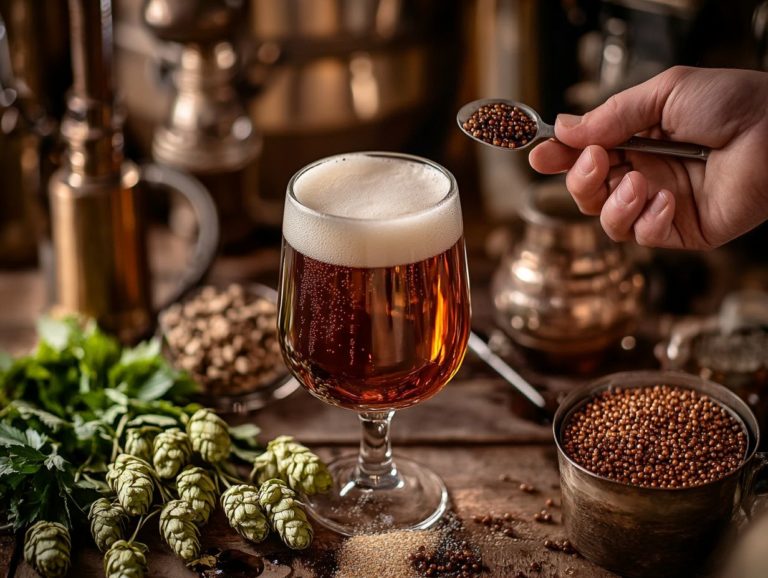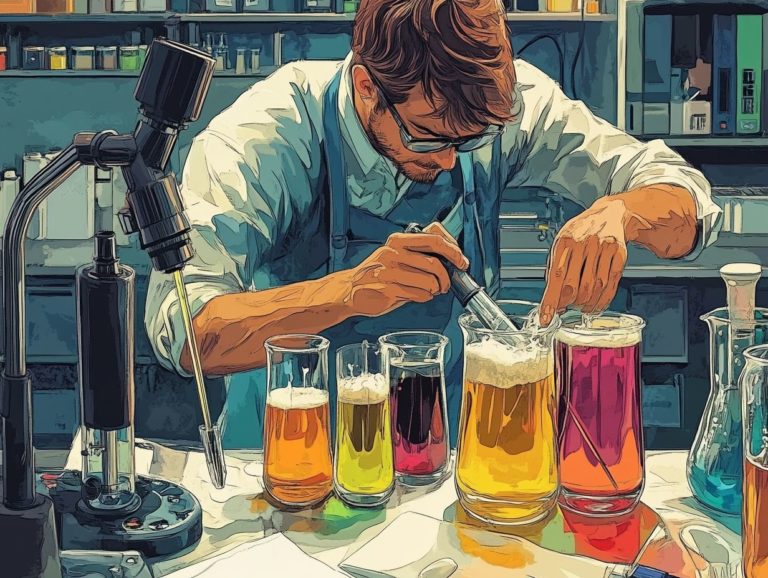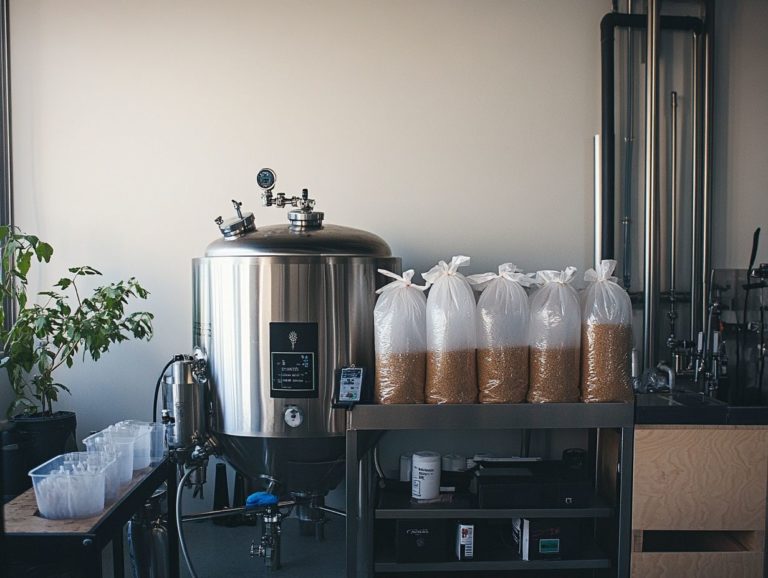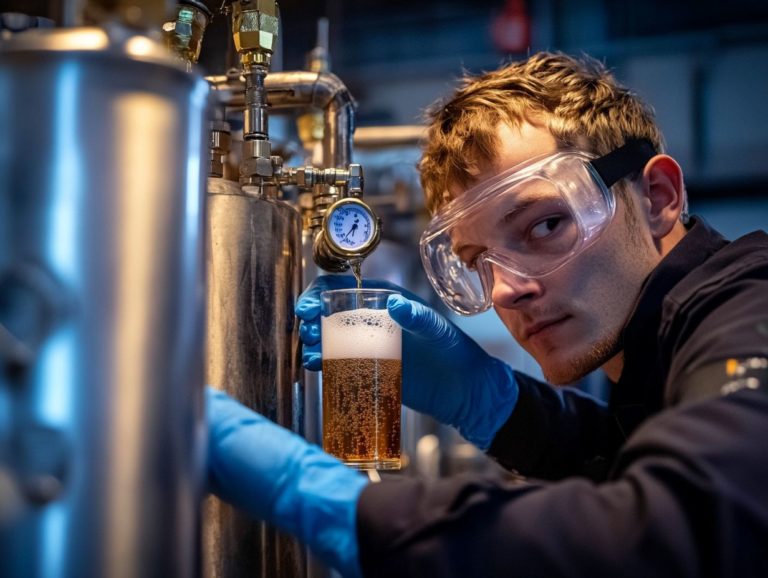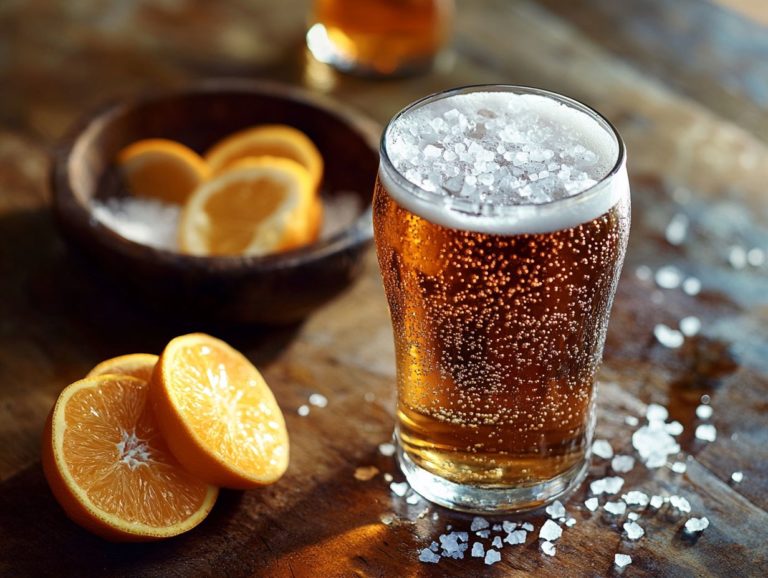5 Common Brewing Myths Debunked
Contents
- Debunking Common Beer Myths: What Every Enthusiast Should Know
- Key Takeaways:
- 1. Darker Beer is Stronger
- 2. Cold Beer is Better
- 3. Adding Salt to Beer Makes It Less Bitter
- 4. Beer Should Be Served Ice Cold
- 5. Craft Beer Is Always Better Than Mass-Produced Beer
- What Are the Most Common Misconceptions About Brewing?
- Frequently Asked Questions
- Will adding sugar to the beer make it stronger?
- Is it true that using old yeast will ruin the beer?
- Can you reuse yeast from a previous batch of beer?
Debunking Common Beer Myths: What Every Enthusiast Should Know
Beer enthusiasts and casual drinkers alike often cling to certain beliefs about brewing that can lead to surprising misconceptions, shaping their drinking habits and preferences. Get ready to discover surprising truths about beer!
You might think that darker beers deliver a stronger punch or that cold beer is always the better choice. These myths can shape your drinking experiences in ways you may not even realize.
This article delves into five common misconceptions about brewing, revealing the truths behind them and discussing why grasping these nuances can deepen your appreciation for this beloved beverage. It also highlights how beer education can dispel these myths and improve your overall beer tasting experience.
Key Takeaways:
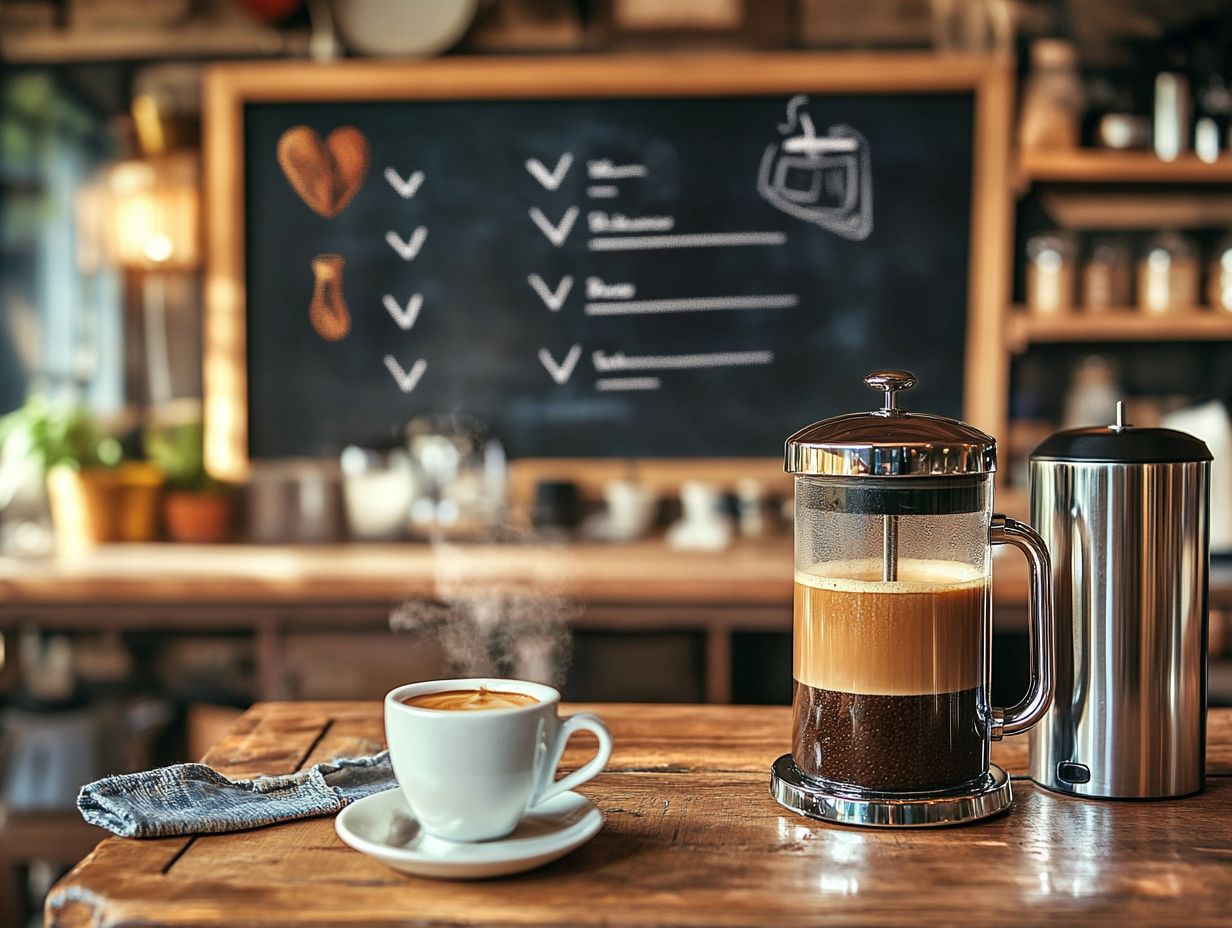
- Think darker beers are always stronger? Think again! ABV and color are not directly correlated.
- Serving beer cold is a matter of preference, but it doesn t necessarily make it better.
- Adding salt to beer may actually enhance its bitterness, not decrease it.
- Recognizing the role of beer conditioning and storage can impact flavor and quality.
- Different beer types and styles offer distinct experiences worth exploring.
1. Darker Beer is Stronger
Many beer enthusiasts believe that darker beers, such as rich stouts and Schwarzbiers, usually pack a higher alcohol content (ABV) than their lighter counterparts. However, this notion is often more rooted in misconceptions than in the realities of brewing. You ll find that many craft breweries produce dark beers with a range of alcohol strengths, debunking the myth that color equals potency. Both high ABV and low ABV beers can be found across various beer types.
In truth, the alcohol content in a beer is influenced more significantly by how beer is made, the selection of yeast, and the specific malts used not merely by the beer’s darkness. For example, some stouts may clock in at a modest 4% ABV, while certain pale ales can soar to 7% or higher. The brewing techniques, including the choice of yeast strains, shape the final flavors and alcohol levels. Beer brewing is a complex art.
Consider a craft brewery that creates a delightful Schwarzbier with lower alcohol but rich, roasted flavors, defying the usual expectations of darker brews. These innovations showcase how craft brewers are redefining traditional notions, inviting you to explore a wider spectrum of flavor and strength in your beer journey.
2. Cold Beer is Better
While many beer enthusiasts might insist that the colder, the better, the truth is that the optimal temperature for serving beer can vary significantly based on its style, profoundly affecting its flavor profile and overall drinking experience.
Yes, lighter lagers may indeed shine when served ice cold, but craft beers, such as IPAs and stouts, often unveil their richer aromas and complex flavors when allowed to warm up just a touch.
Understanding this subtlety can truly elevate your appreciation of different beers. For example, when you serve lagers at cooler temperatures, they deliver a crisp, refreshing experience that highlights their clean finish. Conversely, IPAs thrive at moderate temperatures, letting their hop characteristics take center stage and bringing forth vibrant citrusy and floral notes that might otherwise be lost in the chill. Stouts, with their indulgent malt profiles, benefit from a slightly warmer environment that enhances chocolate and coffee undertones, offering a more rounded sensory experience.
This intricate balance between temperature and beer chemistry underscores the importance of serving each style at its optimal temperature to embark on the best flavor journey possible.
3. Adding Salt to Beer Makes It Less Bitter
One popular myth among beer drinkers is that adding salt to beer can reduce its bitterness. However, the reality is far more intricate and deeply rooted in the science of beer flavor profiles. While salt can indeed alter your taste perception, it does not actually modify the underlying bitterness levels in beer especially in hoppy styles like IPAs that rely on specific hop varieties for that signature bitterness.
Salt interacts with your taste buds in a way that enhances sweetness and masks sourness, leading to a more balanced flavor experience. So, when seasoned just right, a beer can feel less harsh and more enjoyable without losing its genuine bitterness, particularly in bold varieties like double IPAs or imperial stouts.
Many craft brewers deliberately experiment with these combinations to showcase both the hoppy intensity and subtle malt sweetness. It is also crucial to dispel the notion that all bitter beers are unpleasant. In reality, many enthusiasts relish the complexity and depth that bitterness can bring to certain styles, such as West Coast IPAs and Belgian ales. This proves just how diverse and fascinating the world of beer truly is.
4. Beer Should Be Served Ice Cold
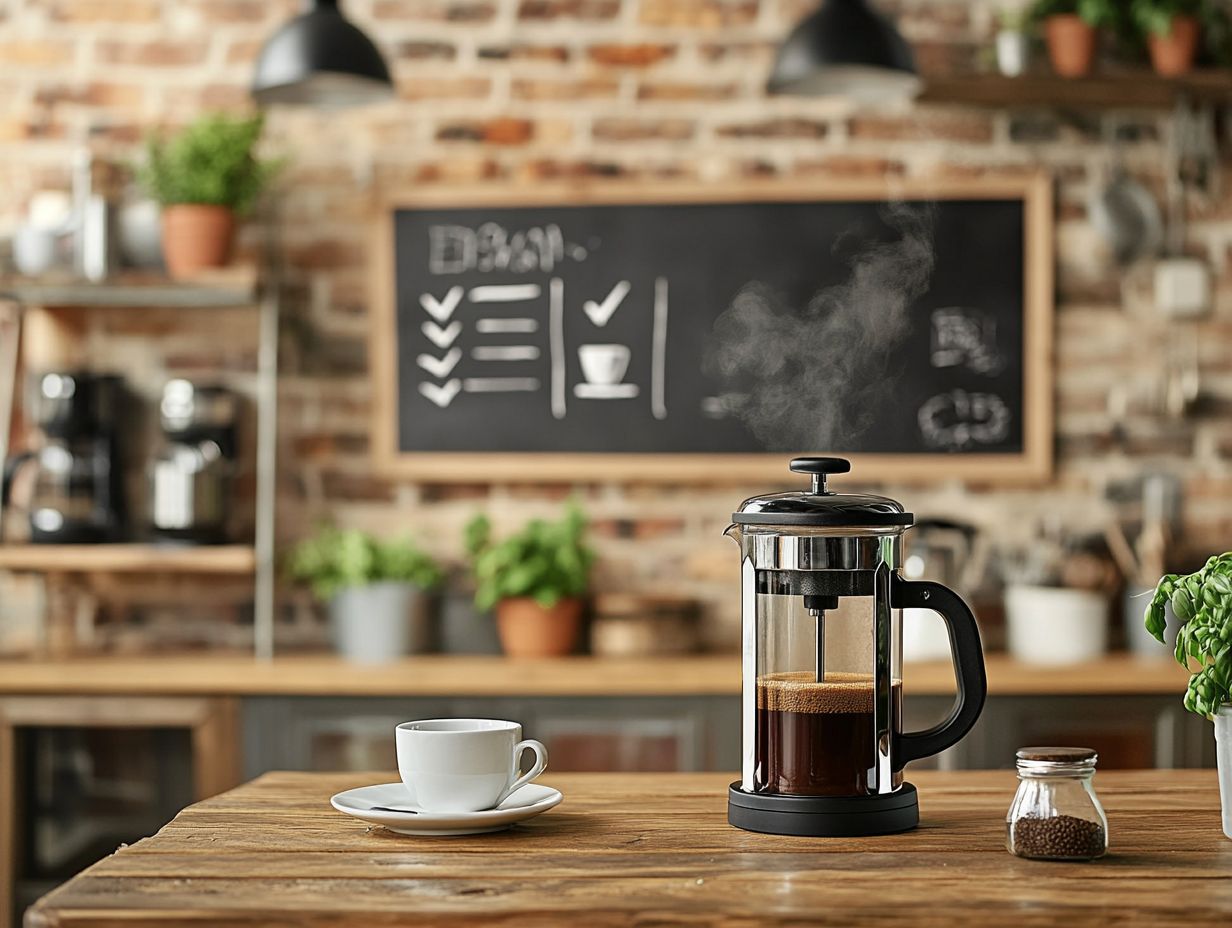
The idea that all beers should be served ice cold is a pervasive myth that fails to recognize the diverse types of beer and their optimal serving temperatures. You will find that craft beers, especially those with complex flavors like ales and dark beers, truly come to life when enjoyed at slightly warmer temperatures. This allows their distinctive aromas and taste characteristics to flourish.
Discovering the perfect temperature for each beer style can transform your tasting journey! For instance, serving a stout or porter at around 50-55 F enhances its rich, roasted notes. In contrast, lighter beers such as pilsners and wheat beers are best enjoyed cooler, around 40-45 F, to preserve their refreshing qualities.
This distinction is not just about personal preference; it reflects the diverse cultural practices surrounding beer consumption worldwide. Take Belgium, for example, where many savor Trappist ales at cellar temperature, allowing for a deeper appreciation of their intricate flavors.
In contrast, craft beer enthusiasts in the United States often experiment with temperature to uncover new profiles, showcasing the vast array of preferences and how they shape our appreciation of beer. Recognizing these nuances elevates your overall beer experience, fostering connections with others over a shared passion for this beloved beverage.
5. Craft Beer Is Always Better Than Mass-Produced Beer
The claim that craft beer is always superior to mass-produced beer can spark heated discussions among beer enthusiasts. However, the truth often lies in your personal preferences, the specific beer styles you enjoy, and the quality standards you uphold. Beer history shows that both have their merits.
While many craft breweries pride themselves on innovative recipes and high-quality ingredients, some mass-produced options, like those well-known lagers, can deliver exceptional flavor and consistency as well. This intriguing dichotomy invites you to ponder what truly defines quality and taste in the world of beer.
For instance, brands like Sierra Nevada showcase the creativity inherent in craft brewing, producing bold, hoppy IPAs that are bursting with character. Understanding beer marketing strategies can reveal why some brands are favored over others.
On the flip side, a mass-produced choice like Budweiser might be dismissed by some craft enthusiasts. Yet, its reliability and flavor profile continue to resonate with a wider audience. Marketing strategies play a significant role in these discussions, as craft breweries emphasize their artisanal methods and local roots, while larger beer brands capitalize on their historical significance and global reach.
This dynamic stirs curiosity about authenticity and value with every sip you take.
What Are the Most Common Misconceptions About Brewing?
Misconceptions about brewing are common. They can lead to misunderstandings about beer production, fermentation processes, and beer quality.
Many myths circulate, like the belief that all beer is brewed with lager yeast or that darker beers are always stronger. These misunderstandings obscure the rich science and artistry involved in brewing.
People often think a higher alcohol content means a more robust flavor. However, balance reigns supreme, and many lighter beers deliver surprising strength.
Another myth is that any yeast can be swapped out without consequence. Yeast selection is crucial for the final taste and aroma of the brew.
Understanding beer science can change your perspective on brewing techniques and beer quality.
Why Do These Myths Persist?
Beer myths often stem from cultural traditions, anecdotal experiences, and a lack of education in beer science. These factors can influence your drinking habits.
As beer culture evolves, it’s essential to understand the truths behind these myths. This knowledge benefits both consumers and brewers.
Throughout history, certain narratives about beer have been passed down, often romanticized. Social gatherings reinforce these myths, as experiences are shared instead of facts.
This cycle perpetuates misunderstandings about ingredients, brewing techniques, and flavor profiles. Many drinkers enjoy beer without grasping its diversity.
Prioritizing beer education dismantles these myths. It cultivates a more informed approach and recognizes beer’s cultural significance.
Understanding the Risks of Believing Beer Myths
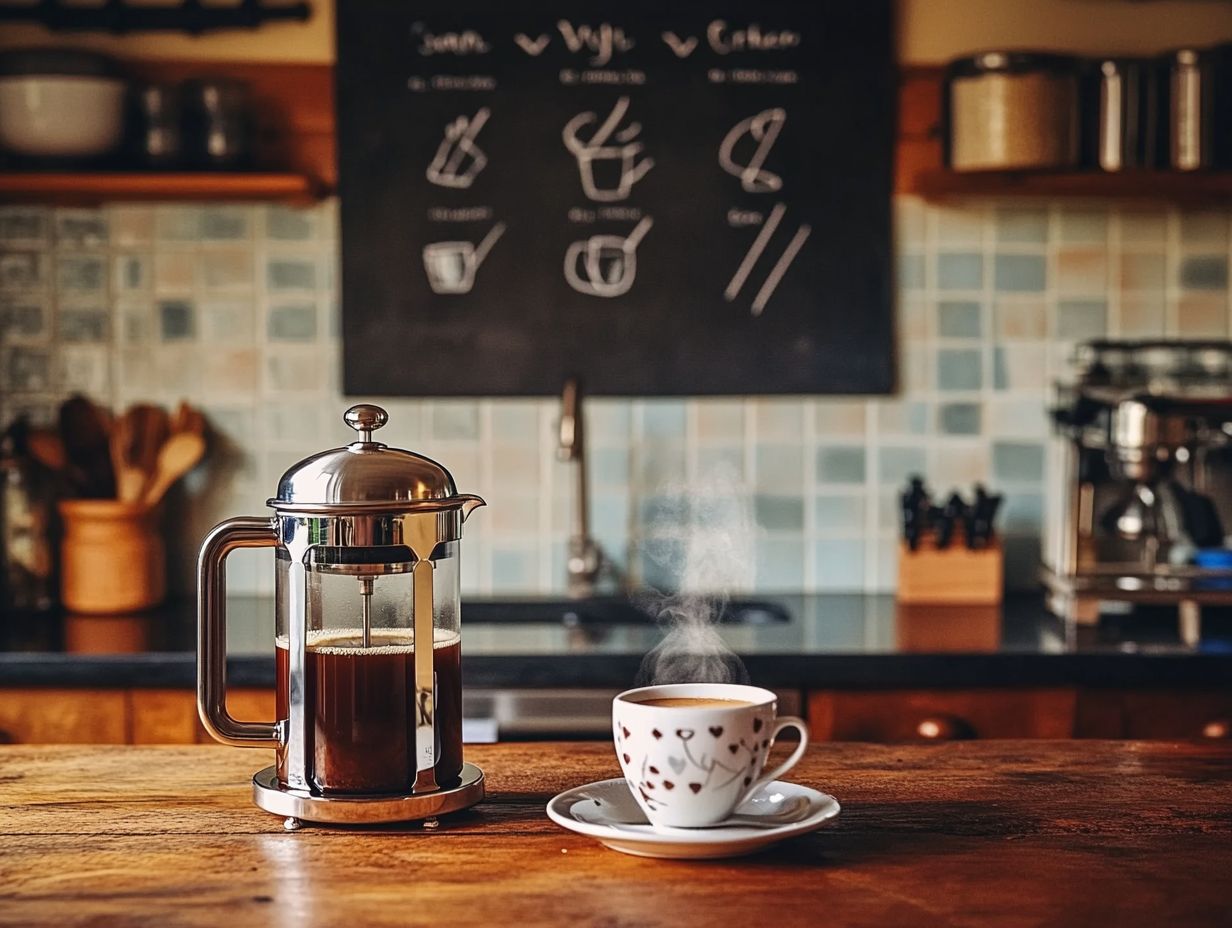
Believing in popular beer myths can lead to misguided drinking habits. This can diminish both your enjoyment and understanding of its health implications.
For instance, thinking all dark beers have high alcohol content may hold you back from flavorful lower alcohol by volume (ABV) options.
Believing light beers are always lower in calories can lead to poor choices based on color alone. Some craft beers can have a lower calorie count regardless of their hue.
Such misconceptions can steer you away from delightful stouts or IPAs. They may also contribute to unhealthy consumption habits.
How Can One Educate Themselves on the Truth About Brewing?
To truly grasp the art and science of brewing, you can embark on a journey through various educational avenues. Picture yourself diving into literature on beer history, attending tastings that tantalize your palate, and exploring the diverse varieties of beer offered at your local craft breweries. This knowledge gives you the power to navigate the fine line between fact and fiction, elevating your appreciation for the intricate world of beer.
You might find value in reputable websites like the Brewers Association and engage in forums where enthusiasts share their bottled treasures and insightful brewing tips. A visit to local breweries can be particularly enlightening, as it provides firsthand knowledge and fosters connections with brewmasters who often share their insider secrets during guided tours.
Participating in beer festivals can further immerse you in the vibrant culture and craftsmanship behind each brew. By actively engaging with these resources, you ll not only refine your palate but also enrich your social experiences, making every sip more meaningful and enjoyable. After all, the journey into the world of brewing is as rewarding as the destination itself.
What Are Some Other Common Brewing Misconceptions?
Beyond the myths surrounding dark beers and the ongoing debate between craft and mass-produced options, several other misconceptions about brewing linger. For example, you might believe that all hoppy beers are excessively bitter or that beer fermentation is a straightforward process requiring little knowledge or skill. Such misconceptions can make it harder to understand and appreciate the intricate art of beer brewing and its diverse styles.
Consider this: many people assume that higher alcohol content equates to better beer, but that s not necessarily the case. Take Belgian Tripels, for instance. They achieve impressive alcohol levels through unique yeasts that also impart delightful fruity and spicy flavors, demonstrating that balance is truly essential.
You may also hear that homebrewing is far too complicated. In reality, countless new brewers begin with simple recipes and find great success using just a few basic ingredients. Some people believe that all beers made with a specific grain or hop variety will taste the same, overlooking how the brewing process, the chemistry of the water, and fermentation temperature can significantly shape the final product.
By grasping these nuances, you’ll discover the exciting diversity within the world of craft beer.
What Are the Benefits of Understanding the Truth About Brewing?
Understanding the nuances of brewing doesn t just deepen your appreciation for beer; it gives you the power to make informed decisions about quality, flavor, and health benefits, ultimately elevating your entire drinking experience.
By debunking common home brewing myths and exploring different types of beer, you can expand your palate and uncover varieties that resonate with your unique tastes.
This newfound knowledge opens the door to a diverse array of flavor profiles, from hoppy IPAs to rich stouts, fostering a more meaningful connection to every sip you take. Being aware of the health aspects related to alcohol consumption such as the importance of moderation and the benefits of specific ingredients enables you to choose more wisely when you reach for a cold one.
Exploring the vibrant world of craft breweries and eclectic beer styles broadens your taste horizons and supports local artisans, cultivating a sense of community and adventure with each and every sip.
Frequently Asked Questions
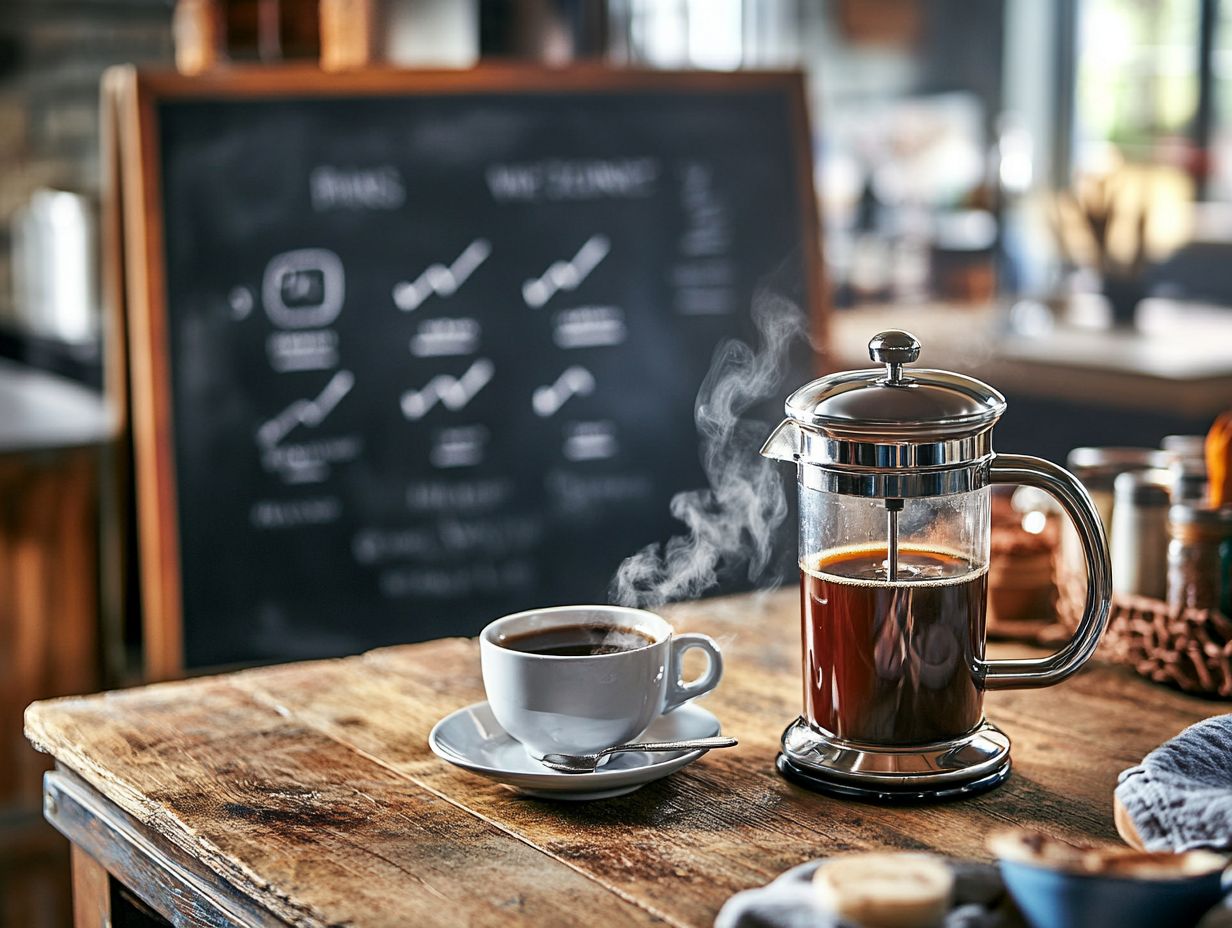
What are some common myths about brewing?
Some common myths about brewing include the idea that using more hops will make a better beer, that clear beer is better than cloudy beer, and that adding sugar to the beer will make it stronger.
Is it true that using more hops will make a better beer?
No, more hops don’t always mean better beer; it depends on the type, brewing method, and personal taste.
Does clear beer mean it is better quality compared to cloudy beer?
Not necessarily. Some styles of beer, such as hefeweizens, are meant to be cloudy. Clear beer does not always indicate better quality.
Explore your local craft breweries or attend a beer festival to further enhance your brewing knowledge and experience!
Will adding sugar to the beer make it stronger?
Adding sugar won’t make the beer stronger. The alcohol content is based on the sugars in the beer mixture that can be turned into alcohol.
Is it true that using old yeast will ruin the beer?
Using old yeast won’t necessarily ruin your beer. While fresh yeast is best for fermentation, older yeast can still work if it has been stored properly.
Can you reuse yeast from a previous batch of beer?
Absolutely! You can reuse yeast from a previous batch, which is a fantastic way to save money on brewing.

